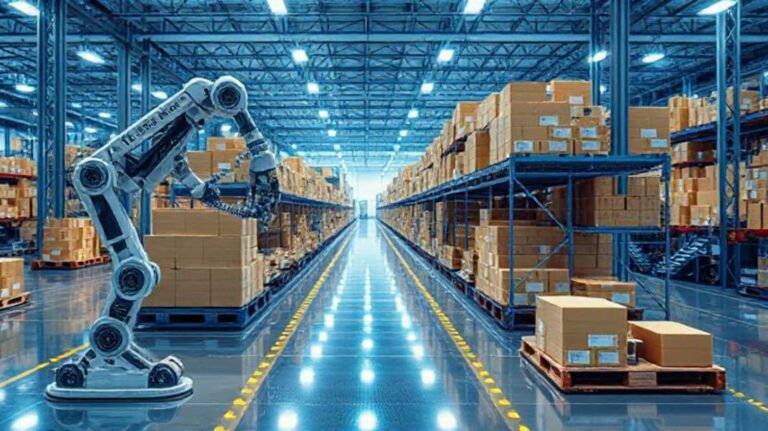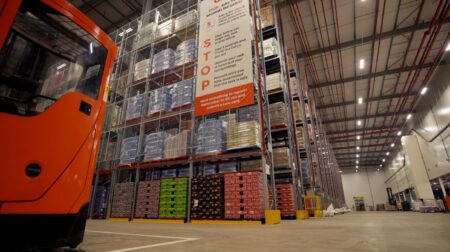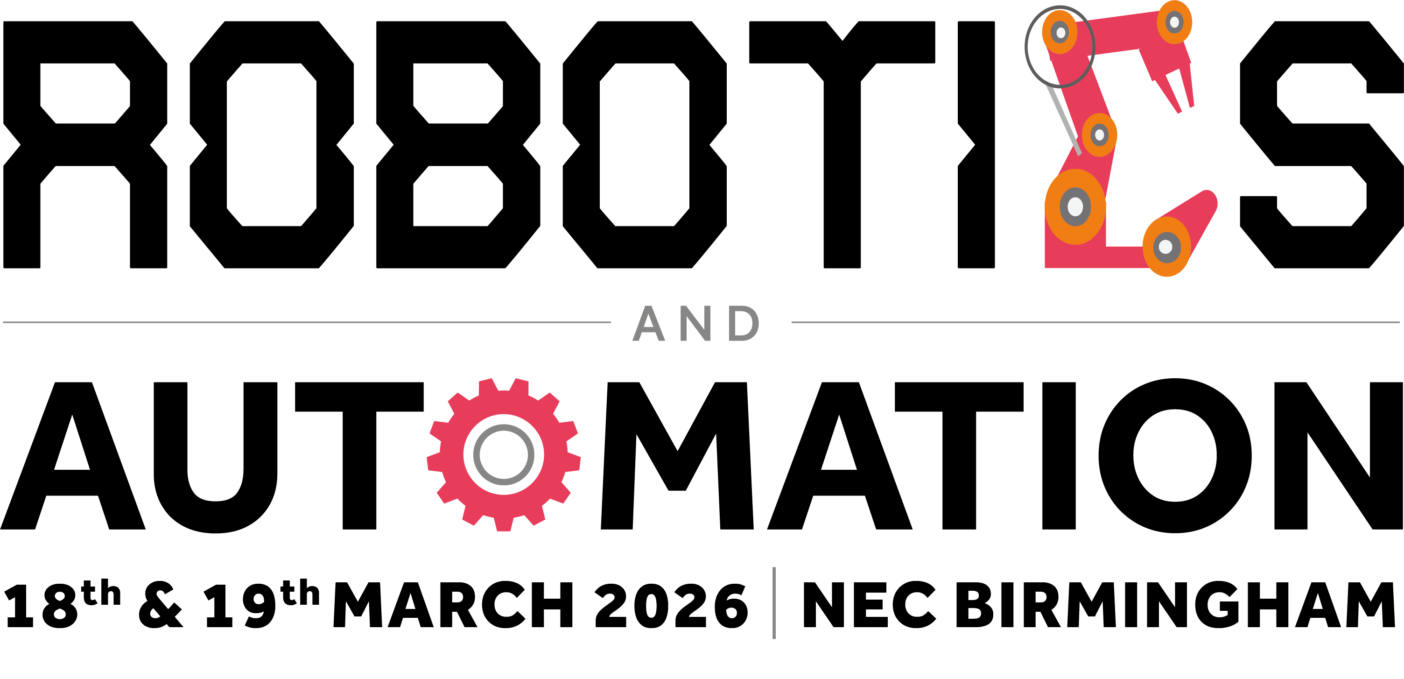Five years after lockdowns rocked the world, manufacturing, supply chains and engineering are still feeling the aftershocks – and reaping the rewards of a digital revolution they didn’t see coming. Words by John Thornton.
In March 2020, the world witnessed an unprecedented disruption as the Covid-19 pandemic forced industries to halt operations, re-evaluate strategies, and adapt to a rapidly changing environment. Five years later, the manufacturing, engineering, and automation sectors have not only recovered but have undergone transformative changes. The pandemic acted as a catalyst, accelerating digital transformation, reshaping supply chains, and redefining workforce dynamics.
This article delves into the enduring impacts of Covid-19 on these sectors, highlighting not only the lessons learned but also the innovations that have emerged.
Rewiring the supply chain
The pandemic exposed the vulnerabilities of global supply chains, prompting a shift toward more resilient and localised models. Sue Williams, managing director at Hexagon Consultants, observes that businesses have increasingly moved from global to regional supply chains to mitigate risks associated with single-source dependencies.
This trend has been further accelerated by geopolitical tensions and trade policies, such as the reintroduction of tariffs on Chinese imports, leading companies to rapidly adjust their supply chains to source products from other countries.
“Covid-19 highlighted the fragility of our supply chains,” says Williams. “Companies are now prioritising agility and transparency, investing in technologies that provide real-time visibility and predictive analytics to better manage disruptions.”
Karim Saleh, CEO of Cerrion, a Germany-based industrial AI company that specialises in visual monitoring and analysis of production lines using existing camera infrastructure, agrees that the pandemic was a turning point: “Covid was a catalyst for Western manufacturers to fundamentally rethink offshore dependencies, accelerating reshoring and regionalisation trends, particularly in critical sectors such as food, beverages and healthcare.”
He adds that while reshoring has helped reduce exposure to global supply shocks, it also introduced challenges. “Higher labour costs and skills shortages, exacerbated by the cost-of-living crisis, have prompted manufacturers to deploy agentic AI technologies and digital workers capable of real-time monitoring and decision-making.”
Traditional just-in-time inventory models have been re-evaluated, with many companies adopting strategies that prioritise stock resilience and improved delivery times. The emphasis is now on building supply chains capable of withstanding disruptions.
According to a report by Canadian supply chain management software company Tecsys, businesses are increasingly focusing on diversifying suppliers, investing in localised production, and creating agile supply chains to adapt to unforeseen challenges.
Digital acceleration
The necessity for remote operations during the pandemic accelerated the adoption of digital technologies. Industries turned to artificial intelligence (AI), Internet of Things (IoT), and predictive maintenance tools to maintain operations amid labour shortages and social distancing constraints. Hexagon’s Williams notes that “AI and digital twins enabled businesses to operate remotely, ensuring continuity when in-person work was not feasible”.
Keith Smith, COO and co-founder of IntelliAM, a UK-based technology company that specialises in AI-powered asset maintenance and machine learning solutions for the manufacturing sector, highlights the pivotal role of AI-powered asset maintenance systems in boosting productivity and reducing operating costs.
“AI and machine learning have become integral to resilient, post-Covid factory operations, particularly in the food and beverage manufacturing sector,” says Smith. “These technologies allow for predictive maintenance, reducing downtime and ensuring consistent product quality.”
One area of automation that surged almost overnight was automatic labelling. Bob Vines, country manager for the UK, Ireland and Nordics at TSC Auto ID EMEA, the European, Middle Eastern, and African division of TSC Auto ID Technology, a Taiwanese manufacturer of barcode label printers and automatic identification solutions, explains: “The pandemic transformed how business was done, with automation and e-commerce propelled at lightning speeds. One of our customers, a shoe e-commerce retailer, built a new labelling line with our print engine, enabling it to print 30,000 more labels a day.”
BOT BYTE: The UK manufacturing sector lost
£8.2bn in output in 2020 due to disruptions caused by Covid-19 and Brexit. Source: NIESR
Vines adds that automated labelling proved especially valuable in logistics, healthcare and food production, helping firms replace manual workflows and reduce human error. “The print and apply labelling machines market is forecast to grow 7.2% by 2030, with RFID and barcode integration fuelling the advance,” states Vines.
“Covid-era disruptions exposed just how vulnerable traditional production lines are to inefficiencies and supply chain shocks,” adds Saleh. “Manufacturers needed immediate, scalable solutions in order to ensure continuous oversight without physical intervention or costly downtime.”
Cerrion’s agentic AI, for example, leverages existing CCTV systems to detect production issues such as line jams or contamination risks. “The pandemic significantly accelerated demand for non-invasive AI, as manufacturers sought simple, scalable technologies that could operate during labour shortages and site access restrictions,” he explains.
The momentum of digital transformation continues, with a 2024 survey by the Manufacturing Leadership Council indicating that 78% of manufacturers have integrated AI initiatives into their overall digital transformation strategies. Additionally, the AI logistics and supply chain market is projected to reach US$5.75bn in 2025, growing at a CAGR of 42.6%, according to The Business Research Company within its March 2025 market analysis.
Sean Bailey, head of intelligent automation at Ten10, a UK-based technology consultancy specialising in quality engineering, software testing and intelligent automation across a range of sectors observes a significant shift in the workforce.
“Some 72% of scaled RPA programmes are now retraining workers as ‘automation stewards’,” he notes. “This approach emphasises augmenting human capabilities rather than replacing them, fostering a collaborative environment between humans and machines.”
Workforce evolution
The pandemic has also redefined workforce models, with hybrid working becoming widely adopted across multiple industries, including engineering. Williams observes that this flexibility has impacted office and factory dynamics, with many workers now travelling to work only a few times a week, leveraging technology to monitor and run diagnostics remotely.
What’s more, the demand for skills in data science, robotics and automation has surged, necessitating upskilling and reskilling initiatives. According to a McKinsey report, the pandemic accelerated existing trends in remote work, e-commerce, and automation, with up to 25% more workers than previously estimated needing to switch occupations.
According to Deloitte’s 2025 Manufacturing Industry Outlook, skilled labour shortages remain one of the most pressing challenges for manufacturers, even five years after the pandemic. Many have responded by accelerating digital skills training and investing in automation to reduce over-reliance on hard-to-fill roles. The report also highlights that 62% of surveyed firms have increased investment in predictive analytics and digital supply networks to manage future disruption more proactively.
“The pandemic transformed how business was done, with automation and e-commerce propelled at lightning speeds” – Bob Vines, country manager for the UK, Ireland and Nordics, TSC Auto ID EMEA
“The shift toward automation doesn’t mean job losses; it means job evolution,” says Bailey. “Employees are being trained to work alongside machines, taking on more strategic roles that require critical thinking and adaptability.”
Saleh notes that while some manufacturers adopted digital tools reactively, those who continue to see value from AI are now embedding it into core operations. “The key determinant of sustained transformation is ongoing, demonstrable value – and AI appears to be delivering a strong ROI,” he says.
Legal, ethical and contractual risk
The integration of AI into post-pandemic manufacturing processes introduces complex legal and ethical considerations. Dominic Simon, senior associate, and Simon Key, partner and solicitor at East Midlands law firm Nelsons, highlight the legal complexities of determining liability for AI-driven mistakes. In the absence of established legal precedents, manufacturers must often rely on principles of contract law to resolve disputes.
“Manufacturers must ensure that contracts clearly and comprehensively outline the roles and responsibilities of all parties involved in the AI ecosystem,” advises Simon. “Including indemnity clauses can be an effective way to shift financial risk, but such clauses require mutual agreement and can be subject to legal challenge.”
To mitigate these challenges, manufacturers are advised to partner with trusted AI suppliers; secure appropriate insurance; adopt phased AI integration; conduct robust testing and scenario planning; ensure ongoing monitoring; and invest in training and education.
What endures and what’s next
These pandemic-induced adaptations have set a new strategic direction for manufacturing, engineering and automation. Enduring changes include the widespread adoption of digital technologies, reconfigured supply chains emphasising resilience, and transformed workforce models embracing flexibility.
Looking ahead, the focus will be on leveraging AI for advanced analytics, predictive maintenance, and autonomous operations, implementing distributed manufacturing models to enhance agility and responsiveness, and prioritising environmental sustainability, and robustness in operations.
BOT BYTE: 62% of manufacturers have increased investment in predictive analytics and digital supply networks since the pandemic. Source: Deloitte
In the UK, research from the National Institute of Economic and Social Research notes that Covid-19, compounded by Brexit, forced many manufacturers to reassess their operations. The report points to a post-pandemic surge in automation investment as firms sought to offset labour shortages and customs delays. However, it also warns that SMEs are at risk of falling behind due to limited access to capital and innovation funding.
“The convergence of these elements will define the next decade of innovation in the industry,” says Smith. “Companies embracing change are positioned to navigate the future.”
Vines adds: “Print and apply systems are now critical in operations where accuracy, compliance and 24/7 throughput are essential – particularly in sectors such as pharmaceuticals and food manufacturing. The legacy of Covid-19 is that automation isn’t a future goal; it’s a present-day necessity.”
“AI and digital twins enabled businesses to operate remotely, ensuring continuity when in-person work was not feasible” – Sue Williams, managing director, Hexagon Consultants
Saleh agrees that the next shift will centre around proactive AI: “We’re already seeing ‘dark factory’ concepts gain traction as manufacturers pursue greater agility and resilience.”
Yet, challenges remain. labour shortages persist, even as automation closes some gaps. ESG expectations are reshaping investment decisions, and cyber threats pose new risks to digitised infrastructure. Leaders are thus rethinking resilience as the capacity to innovate amid volatility.
Ultimately, the pandemic reframed the industrial playbook. It taught manufacturers to act fast and invest in technology that augments human potential. Looking ahead, the businesses that continue to embed these lessons – not just in technology but in culture – will define the new era of industrial excellence.
This article originally appeared in the May 2025 issue of Robotics & Automation Magazine. Read here!









